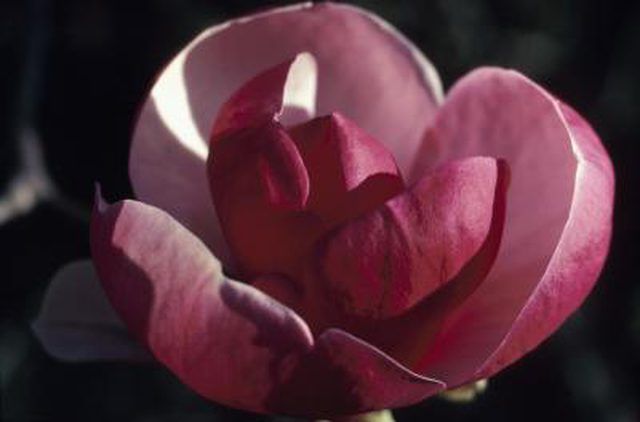Bulbs
Flower Basics
Flower Beds & Specialty Gardens
Flower Garden
Garden Furniture
Garden Gnomes
Garden Seeds
Garden Sheds
Garden Statues
Garden Tools & Supplies
Gardening Basics
Green & Organic
Groundcovers & Vines
Growing Annuals
Growing Basil
Growing Beans
Growing Berries
Growing Blueberries
Growing Cactus
Growing Corn
Growing Cotton
Growing Edibles
Growing Flowers
Growing Garlic
Growing Grapes
Growing Grass
Growing Herbs
Growing Jasmine
Growing Mint
Growing Mushrooms
Orchids
Growing Peanuts
Growing Perennials
Growing Plants
Growing Rosemary
Growing Roses
Growing Strawberries
Growing Sunflowers
Growing Thyme
Growing Tomatoes
Growing Tulips
Growing Vegetables
Herb Basics
Herb Garden
Indoor Growing
Landscaping Basics
Landscaping Patios
Landscaping Plants
Landscaping Shrubs
Landscaping Trees
Landscaping Walks & Pathways
Lawn Basics
Lawn Maintenance
Lawn Mowers
Lawn Ornaments
Lawn Planting
Lawn Tools
Outdoor Growing
Overall Landscape Planning
Pests, Weeds & Problems
Plant Basics
Rock Garden
Rose Garden
Shrubs
Soil
Specialty Gardens
Trees
Vegetable Garden
Yard Maintenance
How to Fertilize a Magnolia for More Buds in North America
How to Fertilize a Magnolia for More Buds in North America. The lovely magnolia family (Magnolia spp.) is a large and diverse group of plants that includes both deciduous and evergreen species. If you live in United States Department of Agriculture plant hardiness zones 4 through 12, there is a magnolia for you. Magnolia trees do not usually need...

The lovely magnolia family (Magnolia spp.) is a large and diverse group of plants that includes both deciduous and evergreen species. If you live in United States Department of Agriculture plant hardiness zones 4 through 12, there is a magnolia for you. Magnolia trees do not usually need fertilizer to bloom. However, if blooming has slowed down, some careful fertilization is in order. Fertilize from late fall to early spring when the tree is dormant.
Things You'll Need
Slow-release 10-10-10 fertilizer
Garden gloves
Broom (optional)
Measure out slow-release, 10-10-10 fertilizer at the rate of 1 pound per inch of trunk diameter. If you don't have a slow-release product, measure out 1/2 pound per inch of diameter. Wear garden gloves to protect your skin from irritation.
Scatter the granules above the tree's root zone. The root zone of an established magnolia extends approximately one and a half times the diameter of the tree's canopy.
Brush away fertilizer that lodges in the leaves of evergreen magnolia and other plants by gently tapping or brushing them with a broom. Fertilizer left on plant leaves can burn plant tissue.